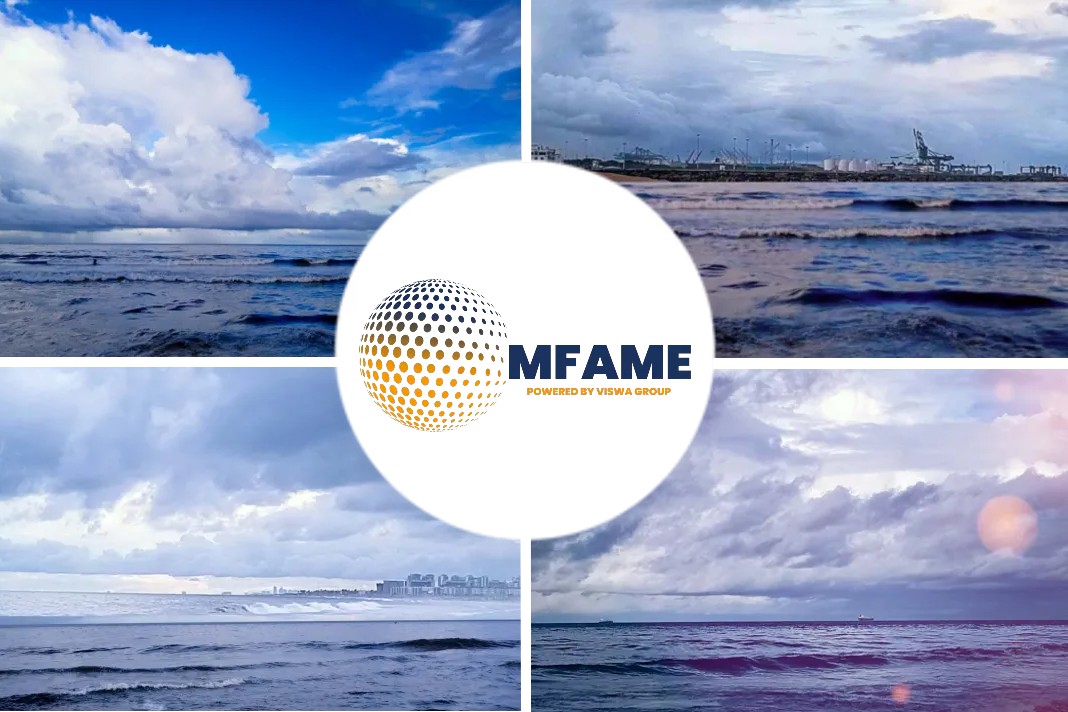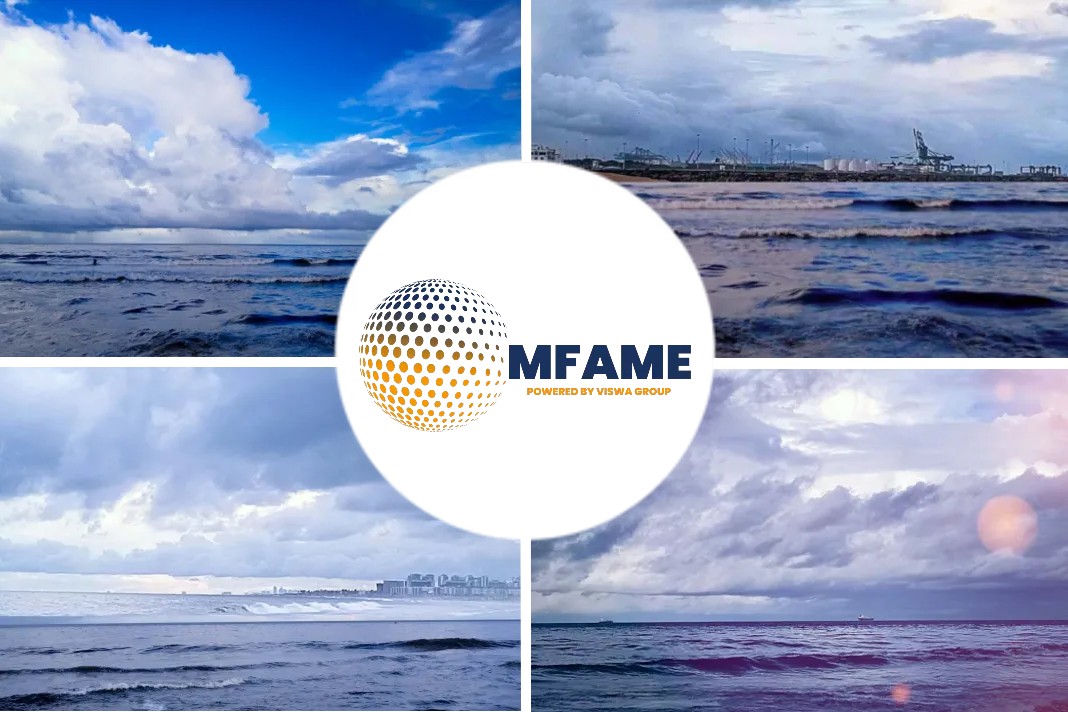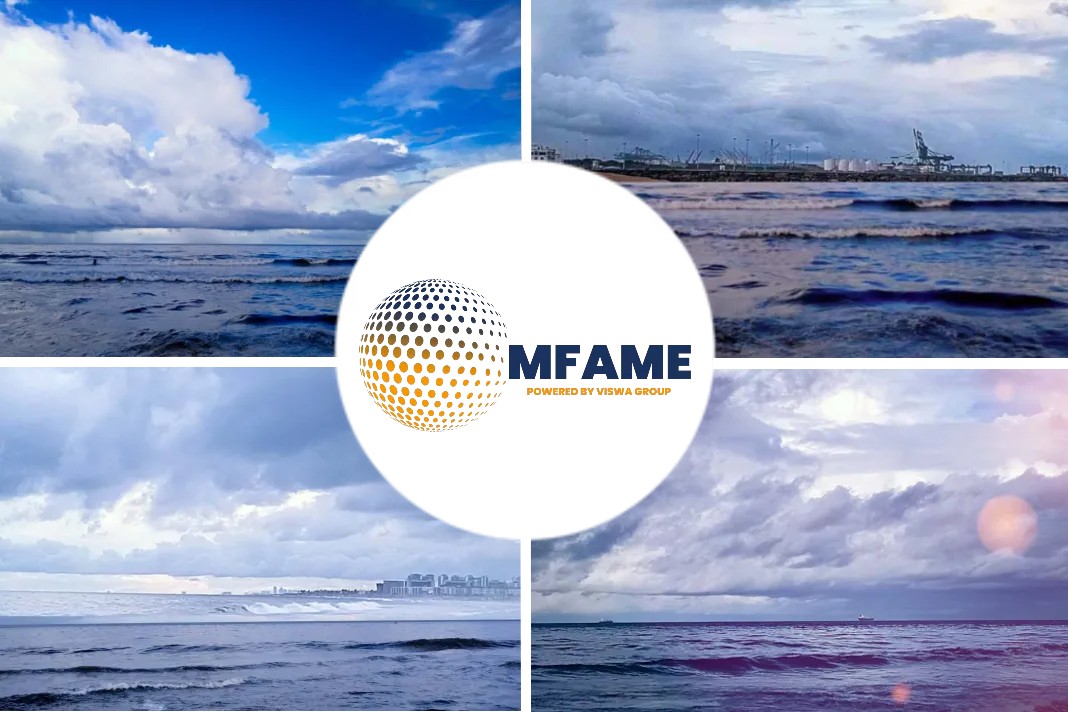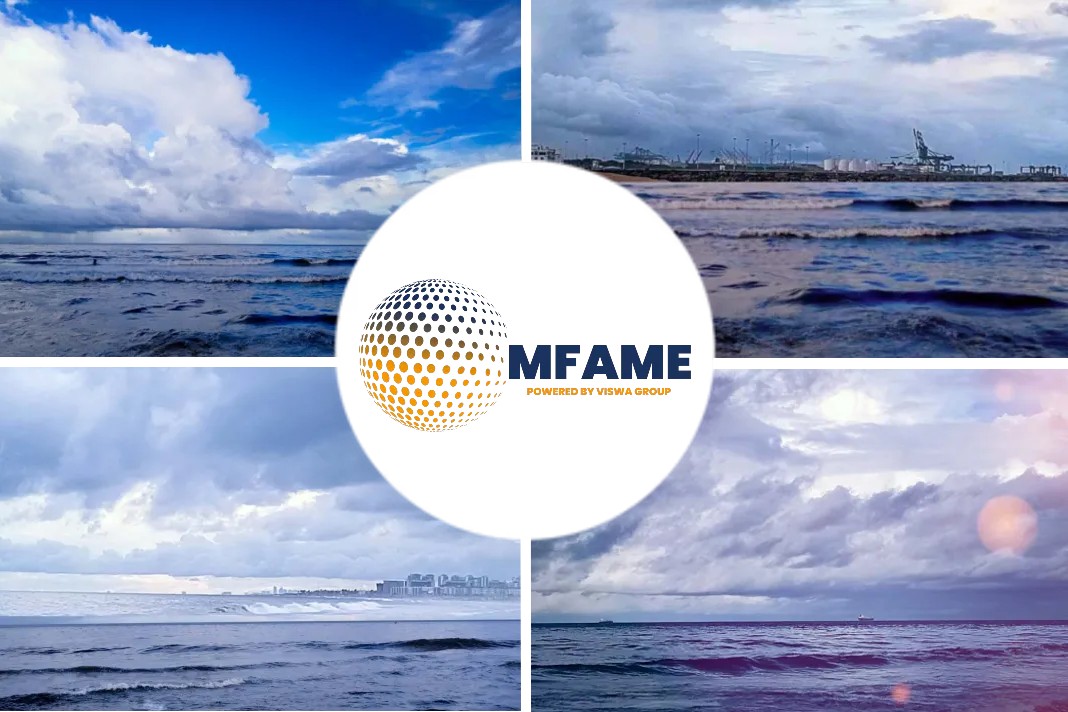5G Blueprint is one of 11 projects recently funded under the EU’s Horizon 2020 scheme and looks into using 5G for cross-border remote operation of road and maritime transport and logistics reports the Ship Technology.
How could 5G benefit seamless marine logistics, and how long is the road to get there?, asks Adele Berti in an article published in Ship Technology.
5G Maritime Projects
5G has long become something of a buzzword in today’s society, a technology that many identify as promising but still mostly premature. From port operations to cross-border communications and navigation, the shipping industry is recognising its potential and is increasingly eager to test it for future adoption.
In September, there will be scope for this to happen as the European Union’s Horizon 2020 programme kicks off 11 new projects under its European 5G Public-Private Partnership (5G-PPP). The schemes are meant to dig deeper into the integration of 5G with our daily lives.
Two of these projects involve the maritime sector, though they’re being carried out within the broader context of cross-border corridors. These are the 5G-ROUTES, which is assessing connections between Riga, Valga, Tallinn via road and rail, and Helsinki via sea; and the 5G Blueprint, a three-year project looking into how teleoperation can make transport and logistics more efficient.
Slated to start in September, 5G Blueprint aims to shed light on how to implement 5G in maritime operations. Those currently working on the project say it could be a game changer for the industry in the age of post-coronavirus recovery. That is, however, if challenges such as public scepticism and the maturity of the technology are quickly overcome.
Inside the 5G Blueprint project
With €10m in funding from the EU, the 5G Blueprint project involves cross-industry players, including the Dutch Ministry of Infrastructure and Water Management, the Flemish Department for Mobility and Public Works, the Port of Antwerp and Imec, an R&D and innovation hub in nanoelectronics and digital technologies.
The core question of the project is whether 5G-powered teleoperations can benefit from the exchange of real-time data to and from vehicles or vessels, between terminals and vehicles and between vehicles and their head offices.
“Thanks to teleoperations, you need less personnel,” explains Imec business developer Bart Lannoo. “You can also lower your operational costs and have some operational efficiencies so that your travel time is optimised, the scheduling of the loading and unloading of your ships is optimised and so on.”
In particular, teleoperations show great potential when it comes to autonomous ships, which can’t be safely operated if staff don’t have continuous access to the vessel. “Nowadays, it’s still quite hard to have autonomous ships that are able to deal with any situation,” Lannoo explains. “It can be that parts of [their] trajectory are carried out autonomously but you always need to have a teleoperator who can take control when needed or steer parts of the trajectory
“Nowadays, it’s still quite hard to have autonomous ships that are able to deal with any situation.”
This is where 5G could make a difference, Lannoo believes. “You need a high throughput and also low latency,” he says. “This means that you have a real-time view that is not delayed so that when the [operator] sees the image and takes action based on it, that action has to happen in real time on the ship and the action is not delayed by a few seconds.”
A collaborative statement from the Port of Antwerp reiterates this point: “Sensors, smart cameras, remote-controlled ships, autonomous vehicles and drones are all technological innovations with added value for the larger port area, which need a reliable network, preferably based on 5G.”
As the Port of Antwerp is already involved in independent testing of 5G-integrated operations at its site, the Belgian hub has high expectations from 5G Blueprint. “If the pilots in this project are successful, this can be an incentive to include 5G further into daily operations,” the port noted in its statement. “It will give us an insight into the cross-border handover and in how 5G can support the logistics chain.”
Applying 5G to different shipping and maritime segments
The 5G Blueprint scheme is studying only one of many potential applications of 5G for the maritime industry. “Digitalisation benefits transport, and our maritime sector is no exception,” comments European Commissioner for Transport Adina-Ioana Vălean. “In this respect, 5G has real potential, allowing speedier exchange of data in larger volumes. The entire logistics chain could benefit from more seamless operations, and the use of real-time information – plus the sharing of it – to keep goods and passengers on the move.”
Down the line, this could lead to increased efficiency in port call and operations, faster turnaround times for ships and environmental benefits, as well as decreasing the risk of ship collisions. “5G has the potential to improve onboard connectivity and subsequently the well-being of both working seafarers and of passengers on board,” Vălean continues.
In addition, 5G could power maritime’s long-awaited transition and development of automated and autonomous shipping. As Vălean puts it, “5G-based platforms are expected to enhance the safety of ships, especially when sailing in narrow channels or near shore, and to enhance the real-time monitoring, management, communication and control (maritime surveillance) of ships based on high volumes of data shared.”
Meanwhile, the Covid-19 crisis is forcing radical changes in society, a prominent one being social distancing and the need to work remotely. This is something that 5G could support. “All of these factors could help improve the overall resilience of the maritime sector – something very much on our minds in light of the ongoing Covid-19 pandemic,” Vălean adds.
Overcoming prejudice and other implementation challenges
The year 2020 has proved damaging for both maritime and 5G, which felt the pressure of the pandemic in different ways. One the one hand, the shipping sector is still struggling to operate at limited capacity, and dealing with a dramatic drop in traffic rates. On the other hand, 5G’s reputation has been tarnished by unfounded conspiracy theories that it caused coronavirus.
The wave of protests that followed is certainly not the first to affect the development of 5G, often the cause of debate and scepticism among both the public and governments. “We see that there is some resistance towards 5G,” comments Lannoo. “We in the 5G Blueprint project are taking into account that at some point there could be some tough questions coming from action groups questioning the dangers of 5G, so we are also trying to be prepared for that based on scientific evidence. Right now I don’t see any difference with 4G from that perspective.”
Adding to public backlash are also challenges related to 5G’s use and implementation in day-to-day activities. According to the Port of Antwerp, one of them will be getting it industrialised and ready for large-scale adoption on devices, across the network and through a functioning operating model. “A next important step to follow is a clear regulation with roaming/cross border handovers, after which use cases can be defined,” the hub said.
Another limitation is the range. The technology relies on shorter radio wave frequencies compared to 4G, so while data can travel faster, the range is shorter. “Today, 5G is concentrated in large, urban areas but roll-out plans […] could extend this coverage,” says Vălean. “With 5G, we could imagine remote piloting becoming a reality. Remote sensors could enable continuous surveillance and targeted onboard maintenance and inspections when required.”
However, she argues that 5G must ensure resilience against cyber threats, providing stability and continuous service without “intruding” or “interfering” with other communication technologies. Looking ahead, she says, implementation should never come “at a ‘cost’ of lower safety, security or environmental protection”.
making 5G commercially available in the shipping industry
As September approaches, 5G Blueprint is bracing for three years of testing and research, after which Lannoo expects 5G to be available for commercial use. As things currently stand, the “right flavour of 5G” is not there yet and the technology is not mature enough – but there are solid chances these parameters will be met by 2021-2022.
Commissioner Vălean validates this point, though she concedes that “the conclusion of the various large-scale pilot projects and the deployment of 5G connectivity infrastructure, including in ports and along maritime routes, should take up to 2025-2027”.
Upon completion, 5G Blueprint and three other 5G cross-border trial projects will complement a set of studies that was launched in November 2018 on the same topic. “Altogether, their findings will provide the know-how needed to move towards a large-scale deployment of 5G corridors in Europe for connected and automated mobility, rail, inland waterways and maritime,” Vălean adds. “This deployment could receive further support under the Connecting Europe Facility Digital Programme, which will run from 2021 until 2027.”
Overall, the Port of Antwerp is optimistic the industry is ready to get on board with the technology, which is hoped to face little to no resistance within the maritime community. “We are aware of the fact that there is still a lot to learn,” the statement reads. “Collaborations with various mobile network operators allow us to investigate whether our own fibre optic network can leverage an accelerated rollout.
“When 5G has proven its value, the maritime industry will follow soon.”
Did you subscribe to our daily newsletter?
It’s Free! Click here to Subscribe!
Source: Ship Technology
















